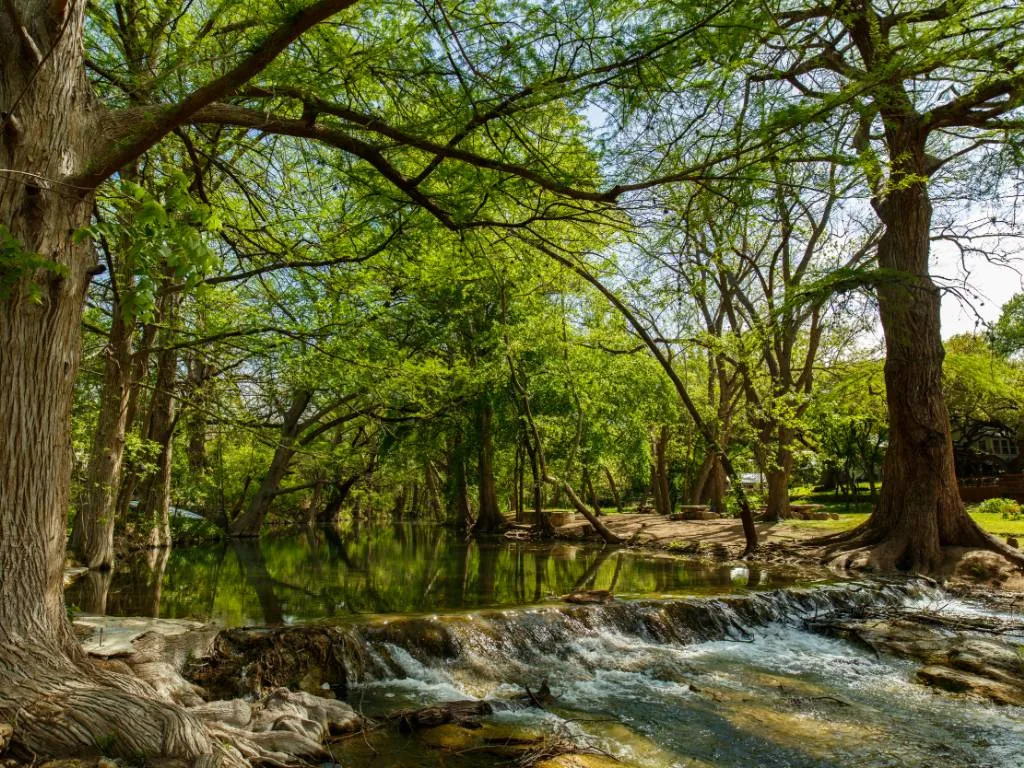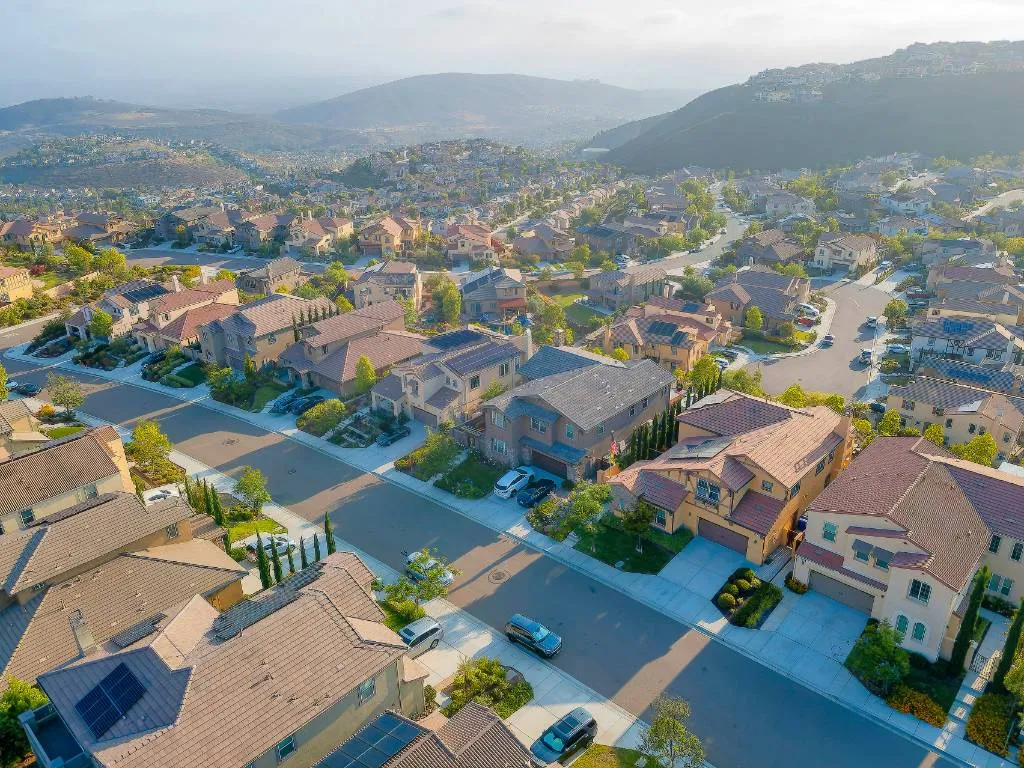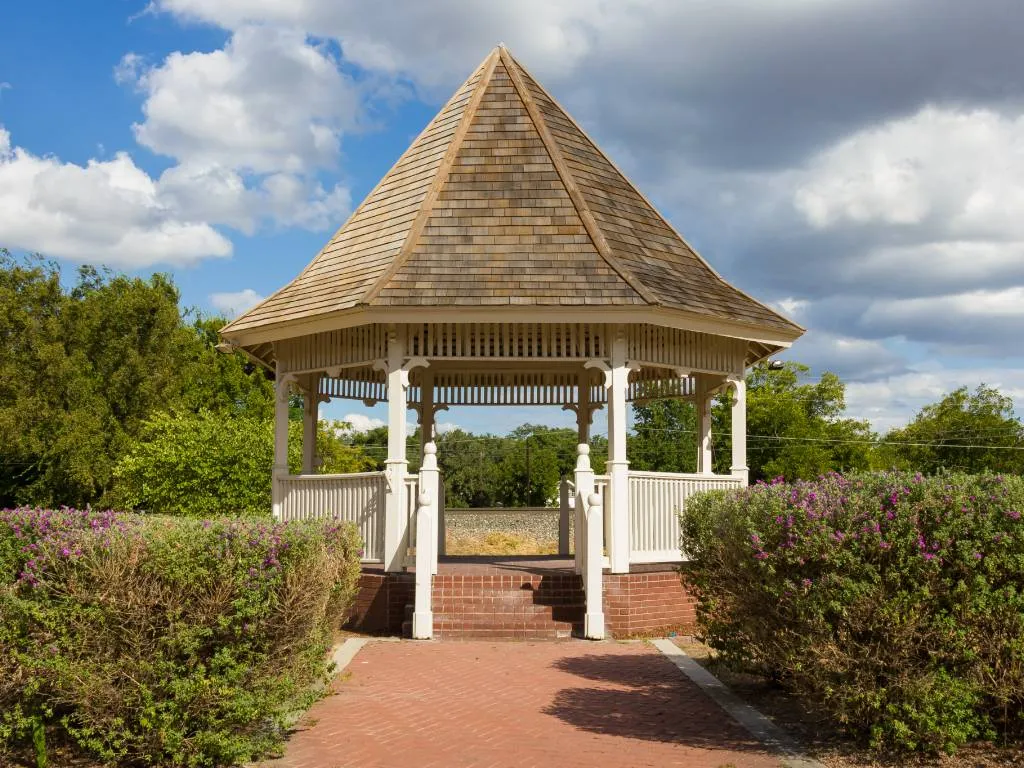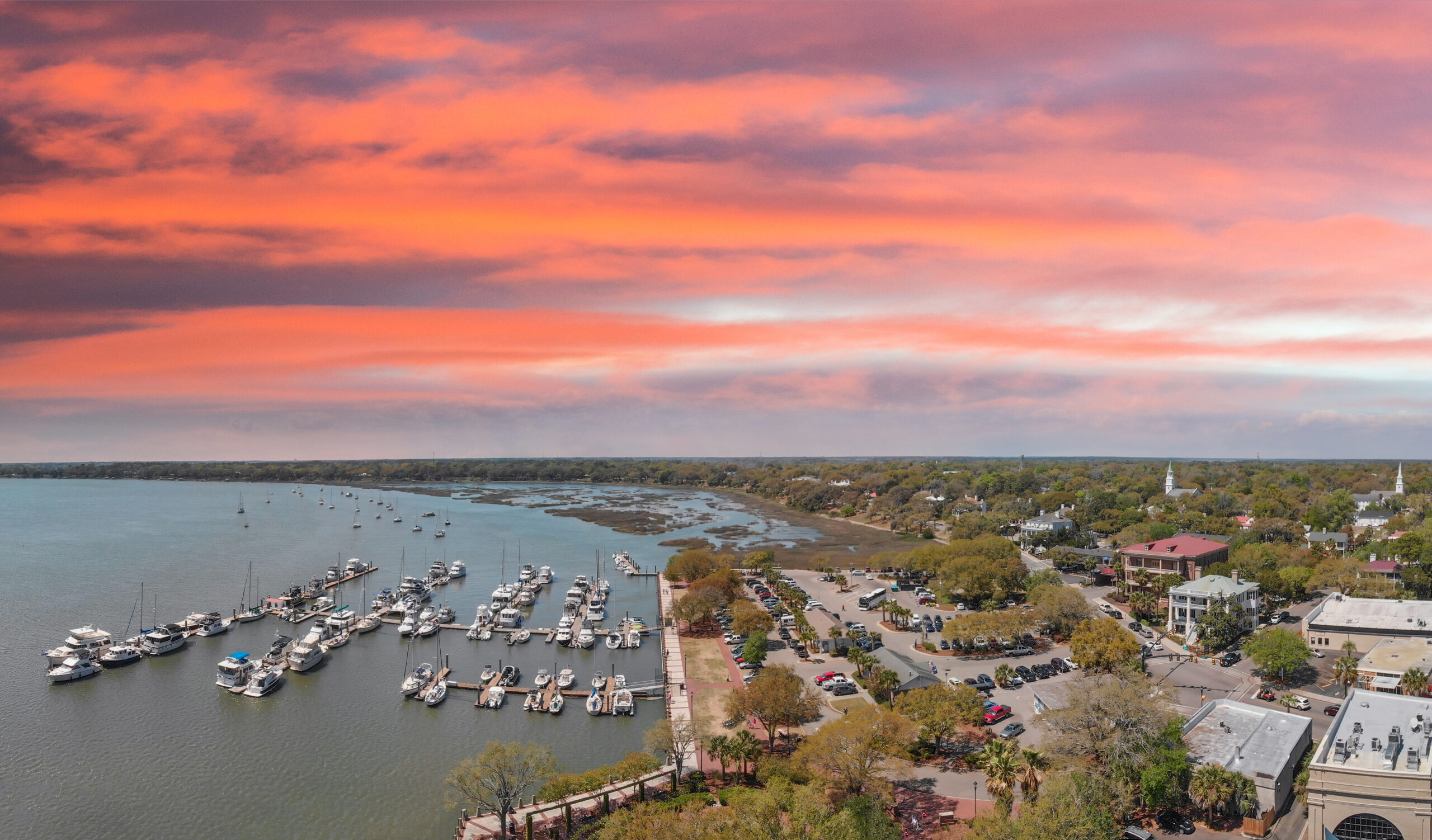10 Things to Know Before Moving to Wimberley, TX

Nestled on the shores of Cypress Creek, the little village of Wimberley is straight out of a storybook. With a population of less than three thousand, Wimberley has maintained its homey charm and has attracted people looking for the best of small-town living.
The charming Texas hamlet of Wimberley is home to friendly locals, stunning scenery, and a high standard of living. Let’s check out ten things to know before moving to Wimberley, TX!
1. Take in the town’s beauty
Wimberley is nestled on the banks of the Blanco River and Cypress Creek, two of the most magnificent waterways in Texas. Winding roads in this region provide breathtaking scenery, including forested glens, meandering creeks, and miles-long views from hilltops.
Visit Blue Hole Regional Park, Jacob’s Well, and the cypress-lined nature trail just outside of Wimberley’s main square for a brief introduction to the town’s stunning natural scenery. Or, for an exhilarating journey through the Hill Country, visit Wimberley Zipline Adventures for a bird’s-eye view.
2. Wimberley Independent School District is one of the best in the state
Good news: Wimberley families don’t have to settle for mediocrity when it comes to their children’s education. When it comes to school systems in Texas, Wimberley ISD is right up there with the best of them. The district consistently maintains excellent levels of math and reading competency and achieved an overall “A” grade from Niche.com, which is particularly noteworthy when considering the high scores for teachers and academics.
Scudder Primary School (for grades PK–1), Jacob’s Well Elementary (for grades 2–5), Danforth Junior High (for grades 6-8), and Wimberley High (for grades 9–12) are the local schools in the area.
3. Wimberley is in a strategic location
In addition to the breathtaking scenery and tranquility that the inhabitants adore, Wimberley is situated in an ideal location: accessible to big cities while still being surrounded by the Hill Country.
Among other things, you can reach the German-infused New Braunfels by driving 25 miles south, the San Antonio River Walk by traveling 65 miles southwest, the urban bustle of Austin by driving 40 miles up I-35, and so on. There is also easy access to Blanco, San Marcos, Canyon Lake, and Dripping Springs.
4. Live in Wimberley neighborhoods like Woodcreek, Mountain Crest, Las Lomas, or Paradise Hills
Even while visiting Wimberley for the day might be a beautiful experience, nothing compares to actually making this small town your “home” (which is why the motto is “A nice place to visit…a great place to live”). Wimberley is an ideal neighborhood for up-and-coming home buyers seeking expansive spaces, with a median listing price of $339.5k.
Popular residential areas comprise Woodcreek, known for its golfing amenities, Mountain Crest, a cherished gated community, Las Lomas, renowned for its expansive land and wildlife, River Mountain Ranch, which provides access to a park along the Blanco River, and Paradise Hills, celebrated for its scenic hilltop vistas.
5. Check out restaurants like Community Pizza & Beer Garden, Linda’s Fine Foods, or The Leaning Pear
What defines a Hill Country town if not its locally-owned dining spots? These eateries, often sourcing ingredients directly from farms, prioritize freshness and genuine cooking methods, offering residents and tourists an authentic experience of Hill Country cuisine.
Among the beloved spots in Wimberley are Vittles Market & Eatery, combining a gourmet grocery with a lunch counter, Community Pizza & Beer Garden, Linda’s Fine Foods, The Leaning Pear, Wimberley Valley Winery, and Jobell Cafe & Bistro. If you’ve had your fill of lunch or dinner, don’t miss out on the delightful offerings at Sugar Shack Bakery or Wimberley Pie Company for a delectable dessert!
6. Join the Wimberley Valley Art League
Artists have long sought refuge in Wimberley, which is renowned for its vibrant arts culture. Living here, you’ll find many artists, writers, woodworkers, glassblowers, and photographers who showcase their work at the Wimberley Community Center and other local venues.
With over 190 members, the Wimberley Valley Art League enthusiastically supports the local arts scene through its bimonthly juried art displays, seminars, two Art Walks (in the spring and fall), September studio tours, and November holiday show and sale. Volunteering with the Wimberley Players or the EmilyAnn Theater would be a blast if you’re into performance art in the area.
7. Summers are hot but bearable
Summers in south central Texas can reach well into the 90s, but residents of Wimberley can take comfort in the fact that the river winds bring a little relief from the heat. Drizzling and moderate winters with temperatures in the 30s, 40s, and 50s are common.
There’s a light dusting of snow and an average of forty inches of rainfall in the region each year, with the most precipitation falling in May and October.
8. Central Texas Medical Center is 12 miles away
While Wimberley lacks its own hospital, the nearby San Marcos is home to Central Texas Medical Center, an Adventist Health System institution with 178 beds, which is 12 miles away.
Six large hospitals, including the prestigious Seton Medical Center, and six smaller specialized hospitals make up Austin’s medical infrastructure. Near San Antonio, 45 miles southwest, you’ll find the South Texas Veterans Health Care System, which is a great resource for veterans’ healthcare.
9. Wimberley’s crime rates are lower than the national average
As a whole, Wimberley has lower crime rates than the U.S. average. Recent data shows that Wimberley’s violent crime rate is 13.3, far lower than the national average of 22.7. Also, compared to the national average of 35.4, Wimberley’s property crime rate is far lower at 25.
This gives the impression that Wimberley is a safe place to live and work without having to fret over security.
10. The cost of living is 13% higher than the national average
With a BestPlaces Score of 113 for Cost of Living, Wimberley is 13% more expensive than the national average and 20% more expensive than the Texan average for housing, food, child care, transportation, healthcare, and other needs.
The recommended minimum yearly income for a family in Wimberley, Texas is $101,520, while an individual should aim for at least $53,600. The median home price is $545,226.
In Conclusion
Wimberley, TX, presents an idyllic setting with a robust educational system and a strategic location near major cities. Its scenic neighborhoods, vibrant dining scene, and arts community enhance the small-town living experience.
However, the higher cost of living and the absence of a local hospital are notable drawbacks. Overall, Wimberley offers safety, natural beauty, and a thriving community for those willing to embrace its higher expenses and limited healthcare options.






